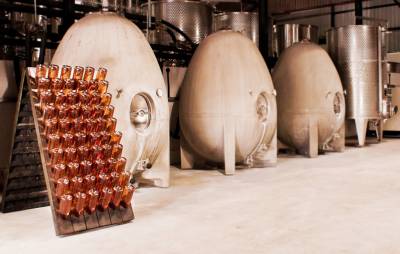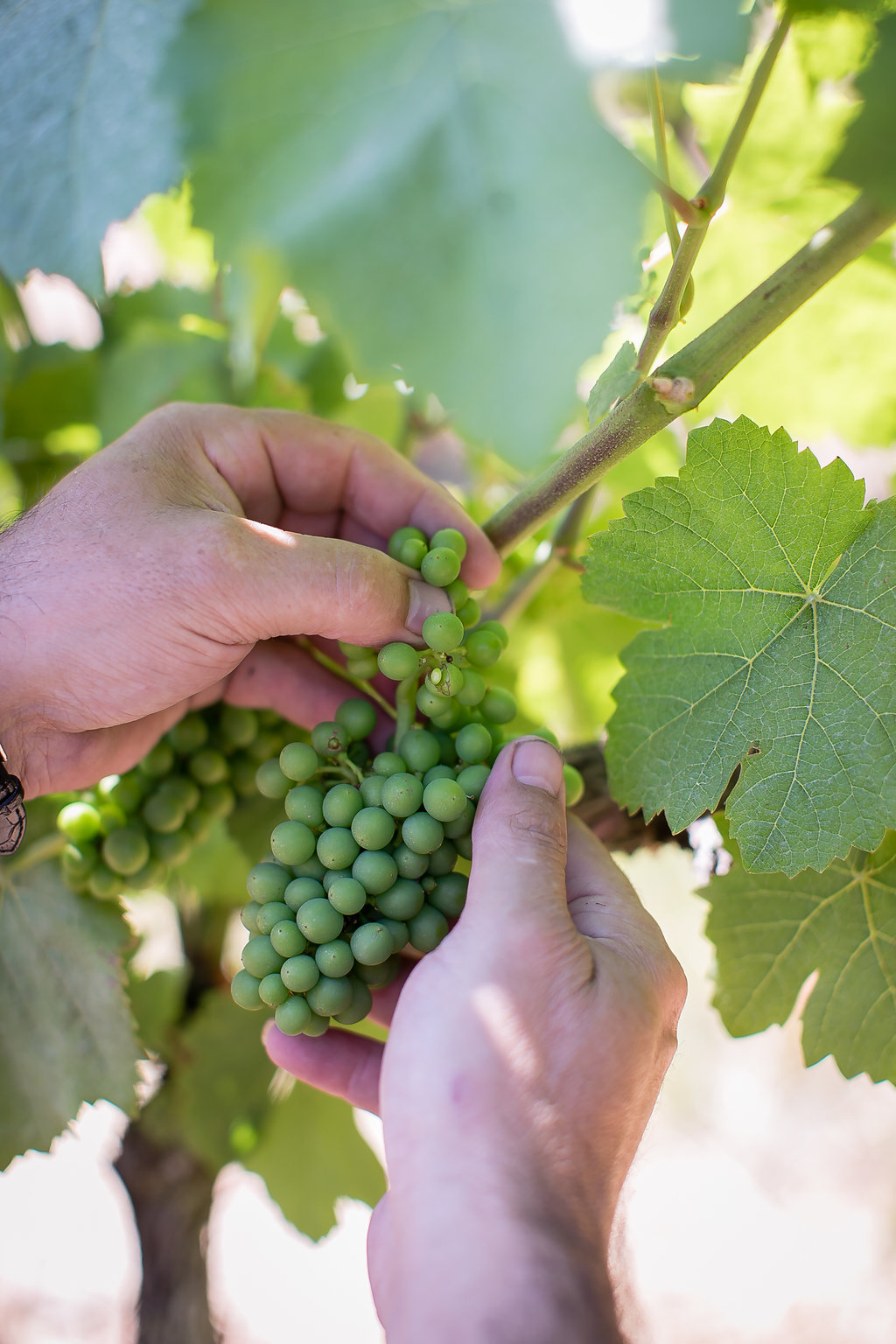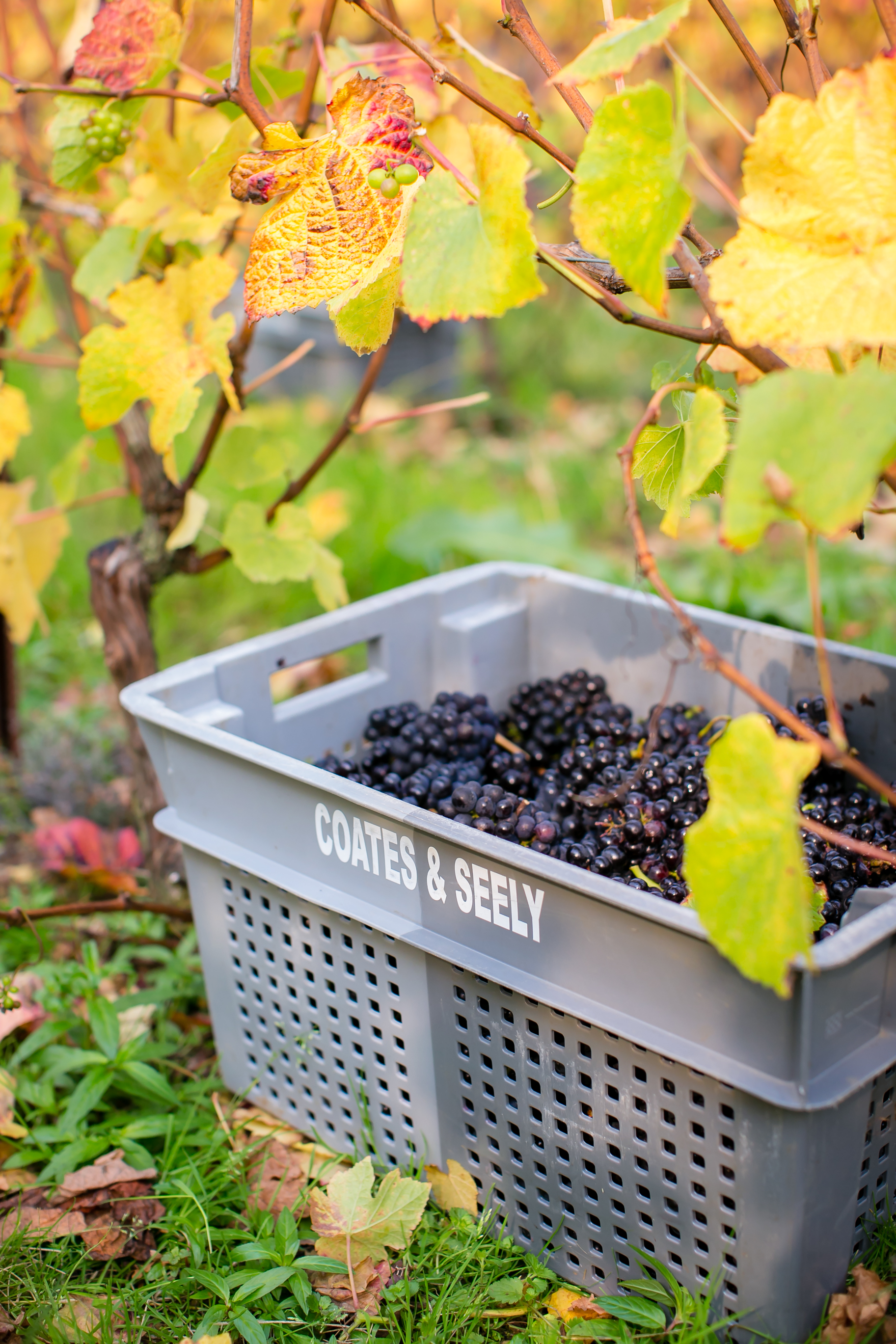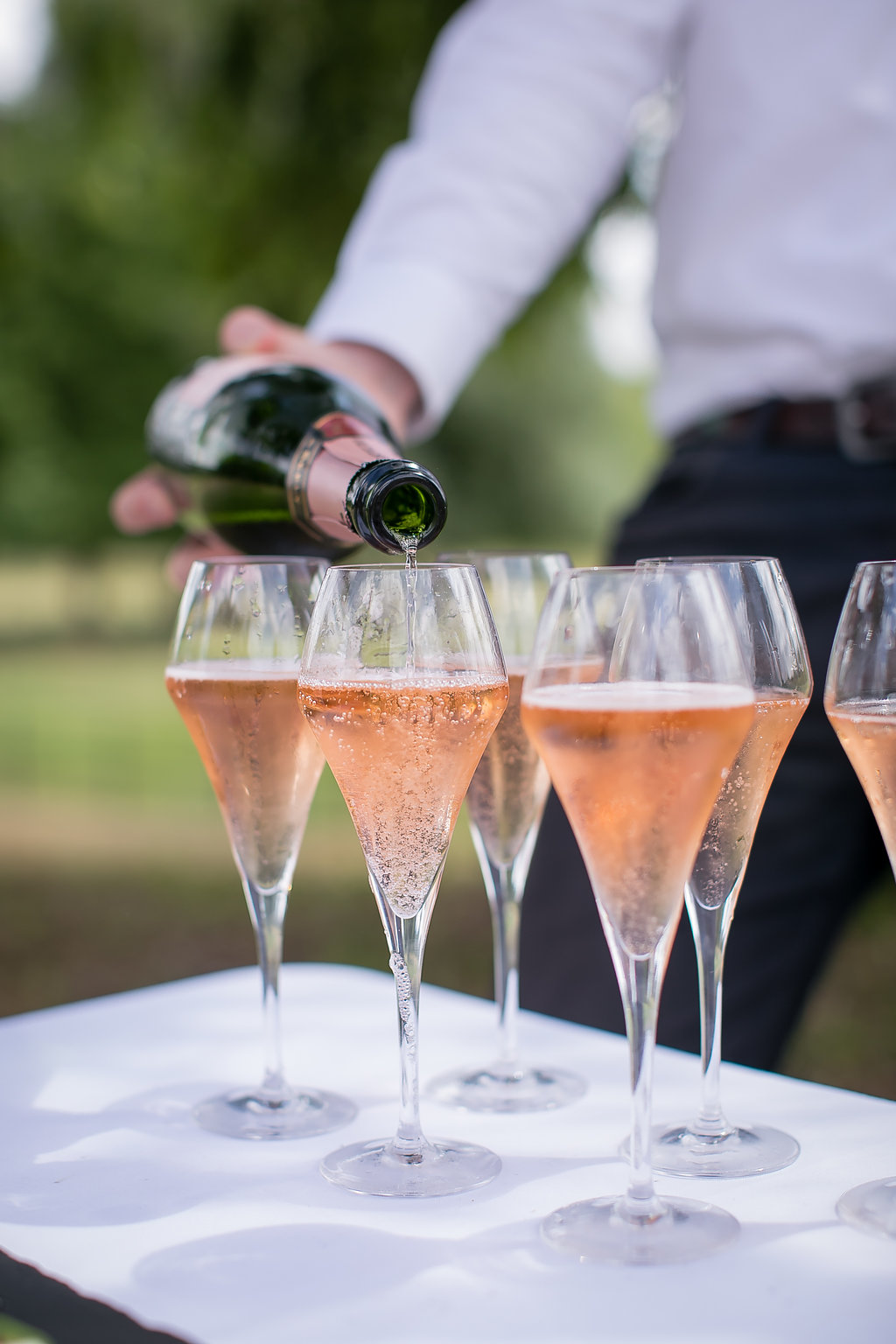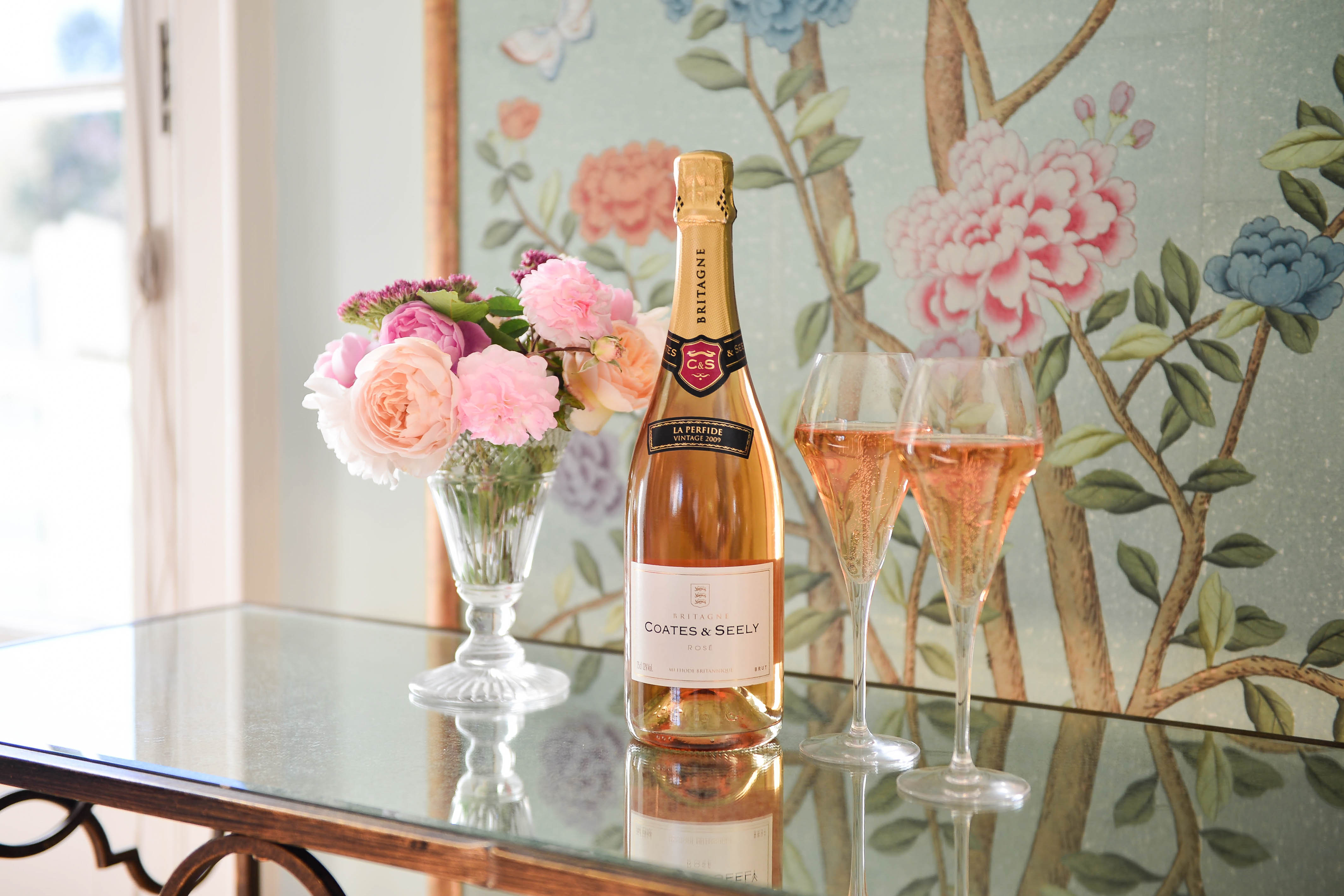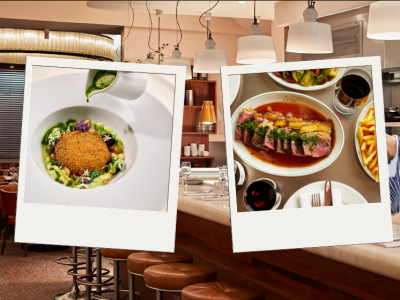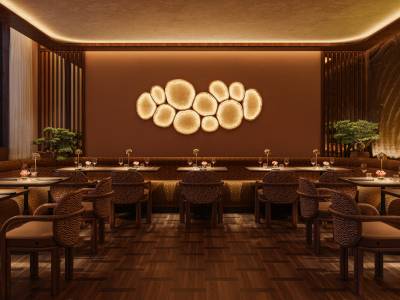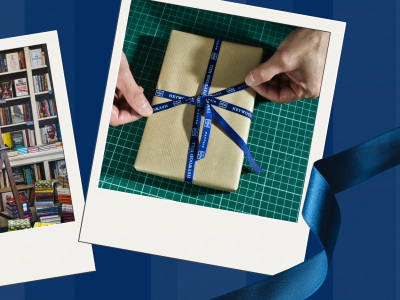"We are standing on a rather magical piece of land,” confides Nicholas Coates, co-founder of English sparkling winemaker Coates & Seely, as we stand overlooking the rolling hills of the vineyard. Located in the North Hampshire Downs, the vineyard resides on the same chalk ridge that dominates the Paris basin and the Champagne region. “When we started, we sent a soil sample to the agronomy department at the university of Bordeaux — not marking where it was from — and the results showed it had come from Champagne. They were surprised when we told them it was actually from England,” says Coates. “In this sense we really are first cousins to the Champagne region.”
Made in Britain: How Coates & Seely sparkling wines are very English
8th March 2019
With the same chalk soil as Champagne, Coates & Seely English sparkling wine shares many similarities with the famous French fizz but is also a unique expression of its unique terroir
Once considered a fool’s errand, producing sparkling wine in England is now an established practice and even some of the great French champagne houses, from Taittinger to Pommery, have put down roots in English soil. For Coates & Seely, as with many of the French Maisons, it is the geological composition of the chalk soil that is the crucial factor. “The difference is that the humid, maritime climate in the UK means planting densities are half of what you get in Champagne, which means that the fruit yield is half and the wine more expensive,” explains Coates. “But the quality of the fruit we grow here is proof that it’s worth it.”
Established in 2007 by Coates, a former financier, and fellow Englishman Christian Seely, managing director of Axa Millésimes (owners of Château Pichon-Longueville and Château Suduiraut), the company began with a conversation over a bottle of wine, whereby Coates asked Seely whether he would consider producing sparkling wine in England. Not only was Seely’s answer yes, but he had already drawn up a plan for it — although finding the right site was vital to the project. After scouring Southern England, they found a small vineyard a mere mile from Coates’ family home near Whitchurch. Overgrown and unruly, it had to be tamed before it was replanted (along with several additional acres in the valley) with Chardonnay, Pinot Noir and Pinot Meunier, the three grapes used to make champagne.
As English wine is still a young industry, with few sparkling winemakers in the UK having more than 20 years experience, Coates cites working with and learning from the French a key factor in successfully producing a wine. “We revere French winemaking and champagne, which is why we create Coates & Seely according to the traditional méthode champenoise — second fermentation in the bottle followed by the process of disgorgement.” Coates & Seely also works in partnership with a series of expert wine consultants, including Stéphane Derenoncourt and Arnaud Gimonnet, who bring a wealth of wine intelligence to the table.
“It’s always been about collaboration,” explains Coates. “At the very beginning it was a collaboration between Christian and me. He made all the initial decisions about method and which winemakers we would partner with, while I worked on the financial and business side of things. Now it’s bigger than that: it’s a collaboration with all the winemakers and consultants we work with, too.”
Although much of Coates & Seely’s winemaking practice is rooted in the méthode champenoise, it is also subtly different in that some of the methods employed are traditionally used to produce still wine, such as the press technology used. “More commonly associated with still white wine production [the press technology] is particularly effective in emphasising the character of the fruit and aroma,” says Coates. “This is important if what we are attempting to do is express the individual nature of our fruit and terroir”.
Playing with the traditional process, Coates & Seely also ferments wine in four large egg-shaped concrete vessels, the likes of which are more commonly seen in Napa Valley. Enveloped in a thick layer of concrete, the eggs keep a more constant temperature throughout fermentation, resulting in a vin clair that has softer, fatter notes. “This gives us another colour on the palette to use when it comes to blending the wine. It makes the end result unique.”
Blending punchy vin clairs that won’t be drunk for five to ten years is a high form of artistry, one that requires in-depth knowledge of wine and how it will develop, an exceptional palate and years of experience, and is a stage undertaken by Coates & Seely’s top French winemakers. All the final decisions on wine, however, from blends to dosage levels and aging, are made by the duo, such as the decision to add less sugar to the wine as acidity levels in Hampshire are lower than in Champagne — something the wine consultants occasionally dispute. Despite this, “we work seamlessly and collaboratively with the winemakers, drawing on their experience and their artistry to produce wine to the highest standards”.
Paying homage to the shared chalk soil, the French winemaking influence and vintners involvement in the making of Coates & Seely, the bottles carry the designation “Méthode Britannique” on their labels. “We work with the French finding ways to express a different terroir that is unique and idiosyncratic. We are not trying to emulate anything else.” coatesandseely.com
